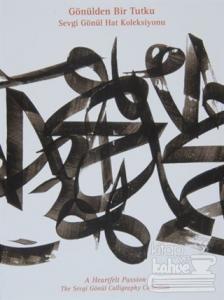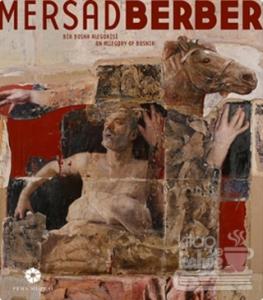
The beginnings of the Suna and İnan Kıraç Foundation's Kütahya Tiles and Ceramics Collection dates back to the 1980s, and over the years it has grown to become one of the most outstanding collections of its kind. Today the collection consists of over 10,000 remarkable pieces representing various periods, especially the 18th to 20th centuries. The catalogue has been designed to give a general idea of the collection and the craftsmanship of Kütahya ceramics. After İznik, Kütahya was Ottoman Turkey's most important centre of ceramic production. Thanks to abundant deposits of clay in the area, ceramics were made here in large quantities in Phrygian, Hellenistic, Roman and Byzantine times, and he traditional techniques of this art have survived to the present day.
The beginnings of the Suna and İnan Kıraç Foundation's Kütahya Tiles and Ceramics Collection dates back to the 1980s, and over the years it has grown to become one of the most outstanding collections of its kind. Today the collection consists of over 10,000 remarkable pieces representing various periods, especially the 18th to 20th centuries. The catalogue has been designed to give a general idea of the collection and the craftsmanship of Kütahya ceramics. After İznik, Kütahya was Ottoman Turkey's most important centre of ceramic production. Thanks to abundant deposits of clay in the area, ceramics were made here in large quantities in Phrygian, Hellenistic, Roman and Byzantine times, and he traditional techniques of this art have survived to the present day.












